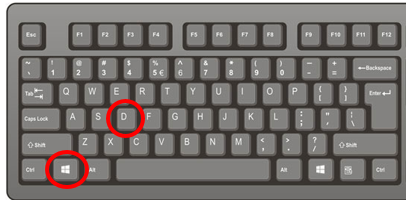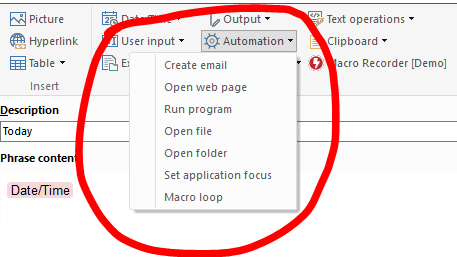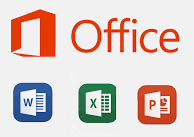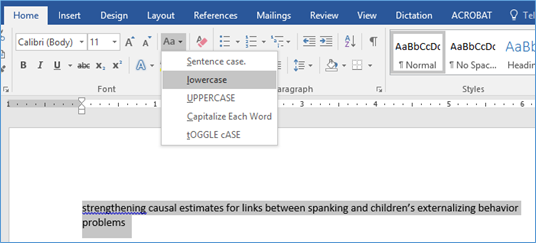Search Deflector makes Windows 10 search better
The “Type here to search” box in the lower left corner of Windows 10 is handy for searching all kinds of things. Except the Internet. Windows forces you to use their Bing search engine inside of their Edge browser. But I’d rather use Firefox as my browser and use Shortmarks (see this blog post) as my search engine. Thanks to the $1.99 Search Deflector available from the Microsoft Store, now I can. [Shout out to Ashwin at ghacks.net!] (There is an identical free version available via GitHub, but for such a useful tool, I’m happy to pony up a couple bucks.) After installing and runningRead More →






